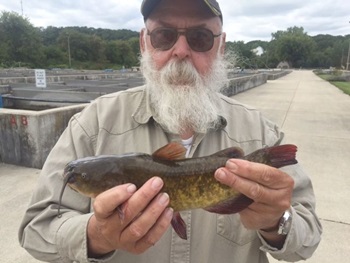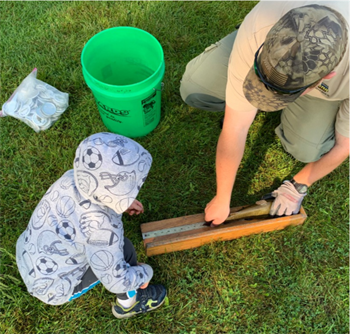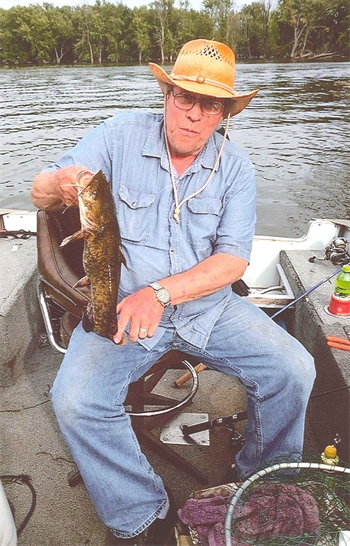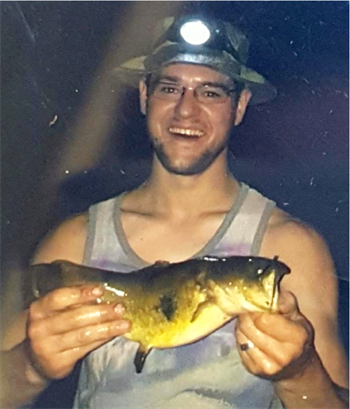Fish Iowa - Fish Species - Brown Bullhead

Characteristics
Olive to brown with dark mottlings on its sides, fading to white or cream underneath. Fleshy barbels are dusky to black. It can easily be distinguished from the Black Bullhead by the lack of a light-colored bar at the base of the caudal (tail) fin and black coloration in the membrane between the rays (soft spines) of these fins. There are 20 to 24, usually 22-23, rays in the anal fin. The caudal fin is slightly notched. The teeth are in pads on both jaws and are used largely for tearing and pulling off pieces of their food.
Foods
Insect larvae, crustaceans, snails, small crayfish, worms, and small fish.
Expert Tip
- No results found
Details
The habitat requirements for Brown Bullhead are similar to those of Yellow Bullhead, but it is more restricted to lakes and ponds and less tolerant of turbid waters. It lives in swamps, ponds, inland pools, lakes, reservoirs, impoundments, and the backwaters and tributaries of larger rivers. Brown Bullhead prefer clear, cool, well-vegetated waters with bottoms of sand, gravel or dark muck. In protected areas of the Mississippi River floodplain, largest populations live in quiet, clear waters with moderate to dense amounts of submerged aquatic vegetation.
Brown Bullhead spawn early spring, usually in late April or May. Male fish fan out a saucer-shaped nest in the mud or nests in natural cavities where the female deposits eggs. The number of eggs ranges from 2,000 to 10,000, or more. Both parents guard the eggs during incubation, which is usually 5 to 8 days. After the eggs hatch, they are herded about in schools for several weeks. At the end of their first year of life they reach about 2 1/2- to 4-inches long and mature in three years. They grow to about 2 pounds under ideal conditions, although most fish will average about 8- to 10-inches and weigh less than a pound.
Like all bullheads, it will feed eagerly on nearly anything available, either living or dead. The fish travel in schools and eat on or near the bottom. A large part of their diet is midge fly larvae, called bloodworms because of their red color, which they pick up from the soft bottom ooze. Considerable plant material is commonly found in Brown Bullhead stomachs, but it is believed that this material is taken incidentally while feeding on insect larvae living in the plants. Brown Bullheads are hungry at all times of the day and night.
Recent stream sampling information is available from Iowa DNR's biological monitoring and assessment program.
Sources:
Harlan, J.R., E.B. Speaker, and J. Mayhew. 1987. Iowa fish and fishing. Iowa Conservation Commission, Des Moines, Iowa. 323pp.
Loan-Wilsey, A. K., C. L. Pierce, K. L. Kane, P. D. Brown and R. L. McNeely. 2005. The Iowa Aquatic Gap Analysis Project Final Report. Iowa Cooperative Fish and Wildlife Research Unit, Iowa State University, Ames.
Photo credit: Photo courtesy of Konrad P. Schmidt, copyright Konrad P. Schmidt.
Distribution Map
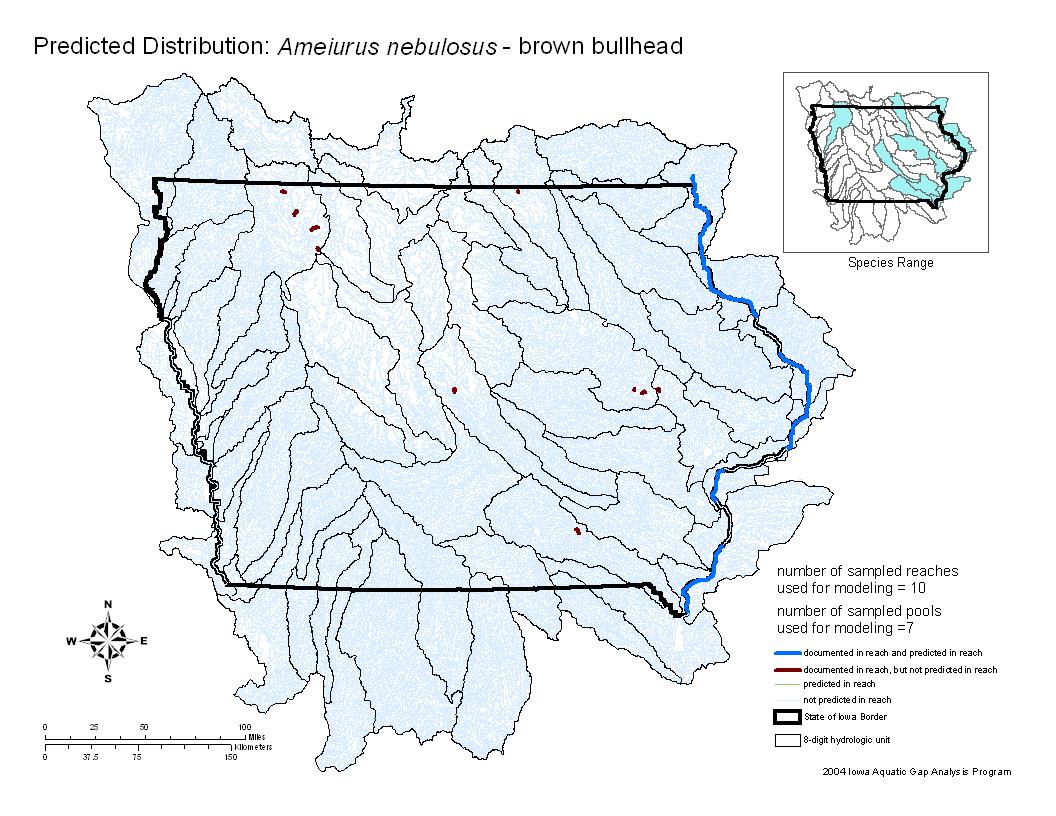
Least abundant and widespread of the three bullhead species found in Iowa. Although widely distributed in northern Iowa, it is not common anywhere. The Brown Bullhead is often collected as a single fish from interior waters, but is more abundant in the Mississippi River where it lives in backwaters and sloughs.
See our most recent distribution data for this species on the Iowa DNR's Bionet application.
State Record(s)
Master Angler Catches
Fish Surveys
Tip: Click Species Length by Site, then use the dropdown to filter by fish species of interest.Where this Fish Is Found
East Okoboji Lake
Lower Gar Lake
Minnewashta Lake
Upper Gar Lake
West Okoboji Lake
